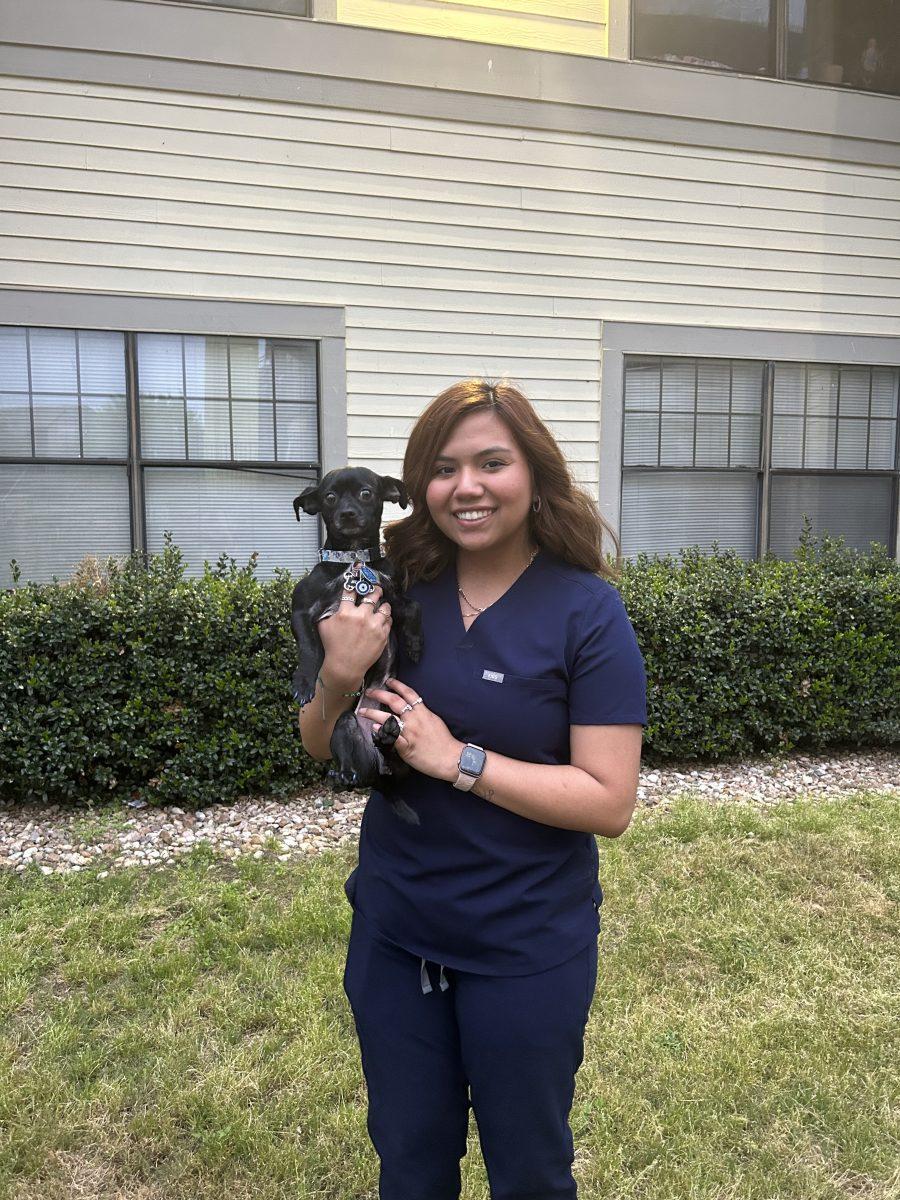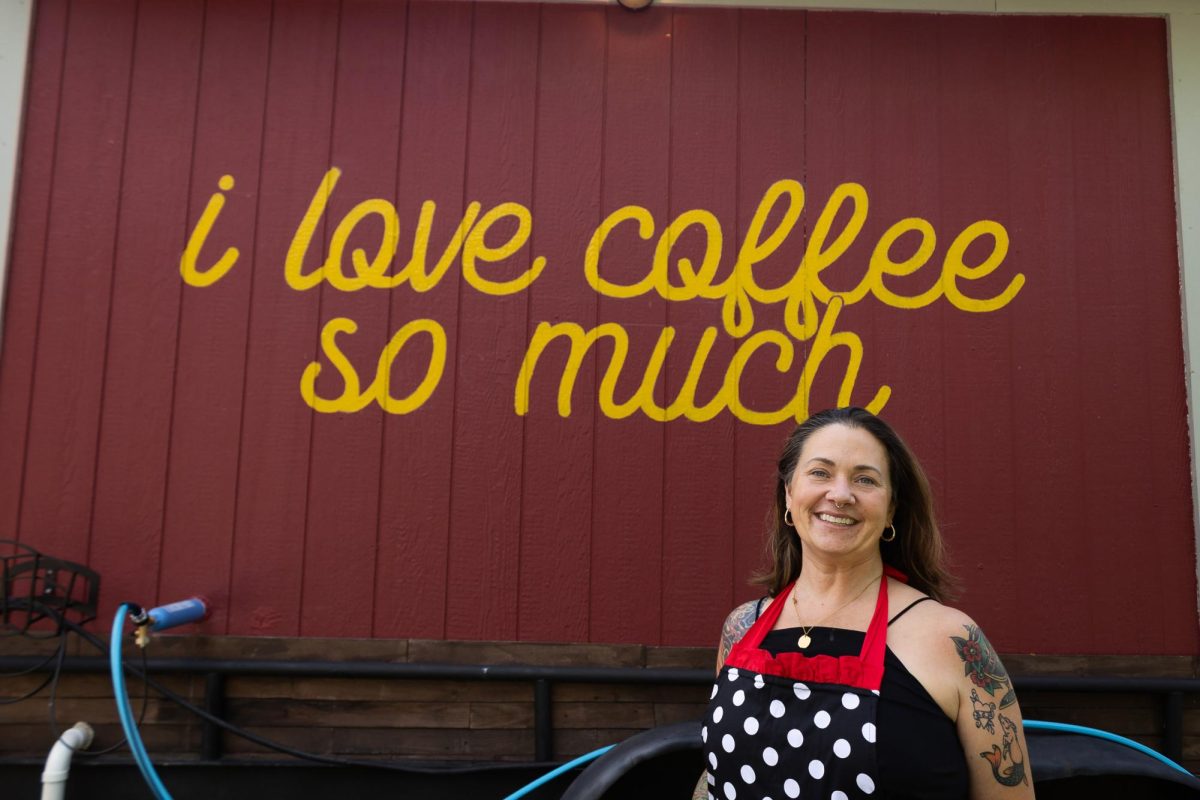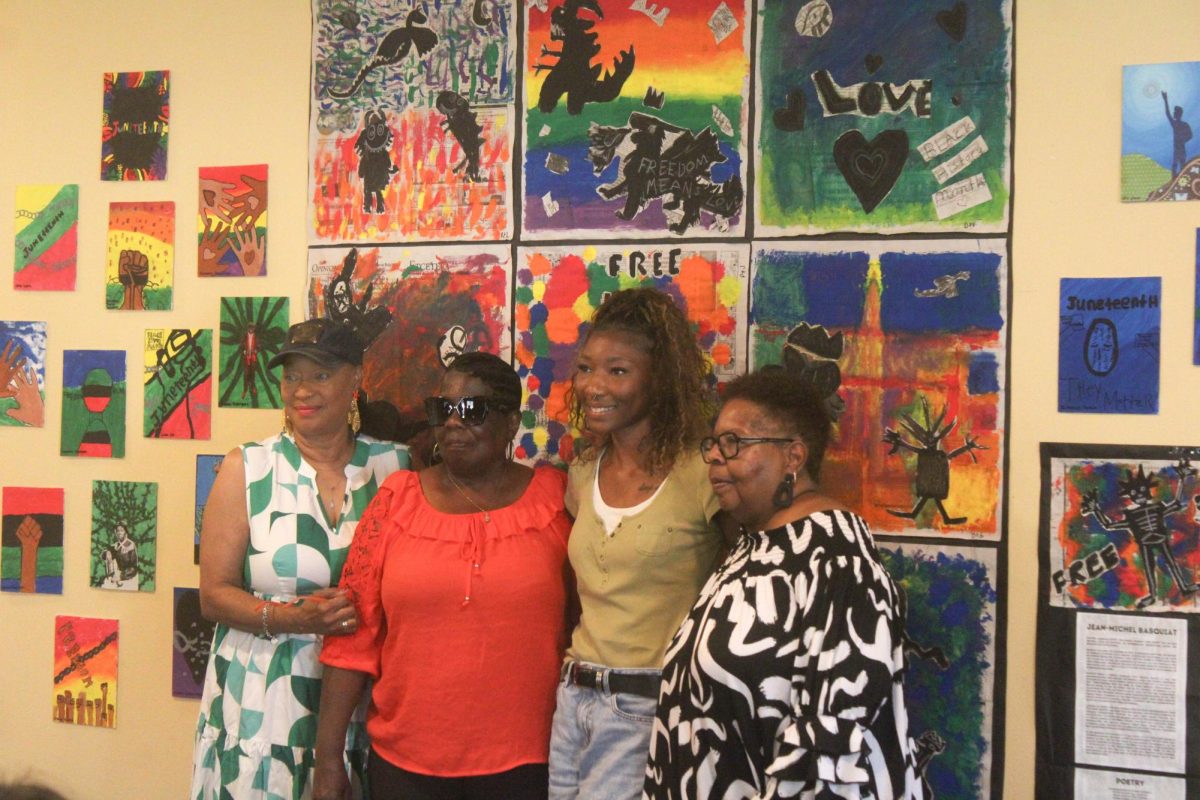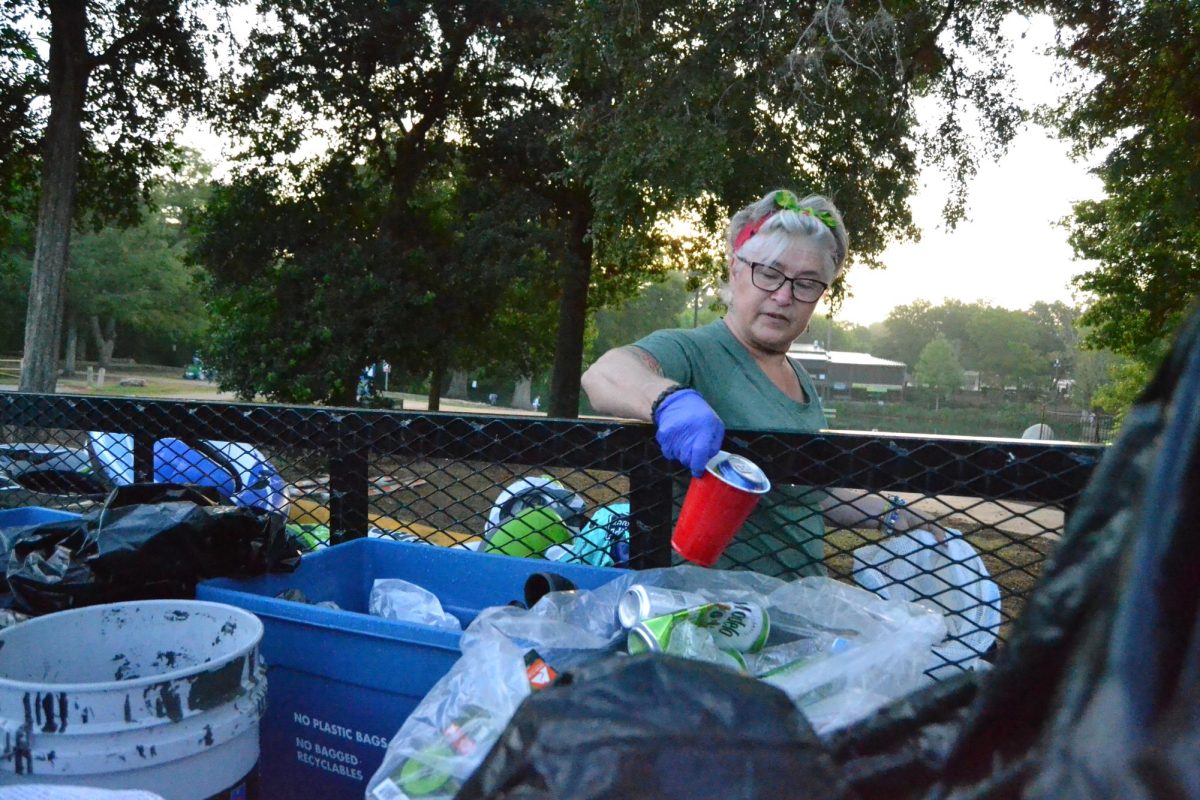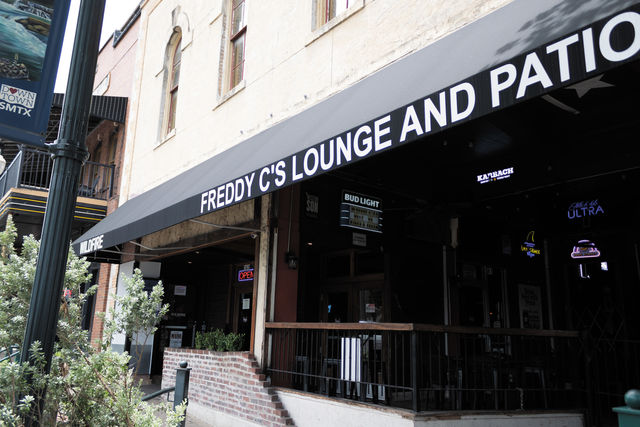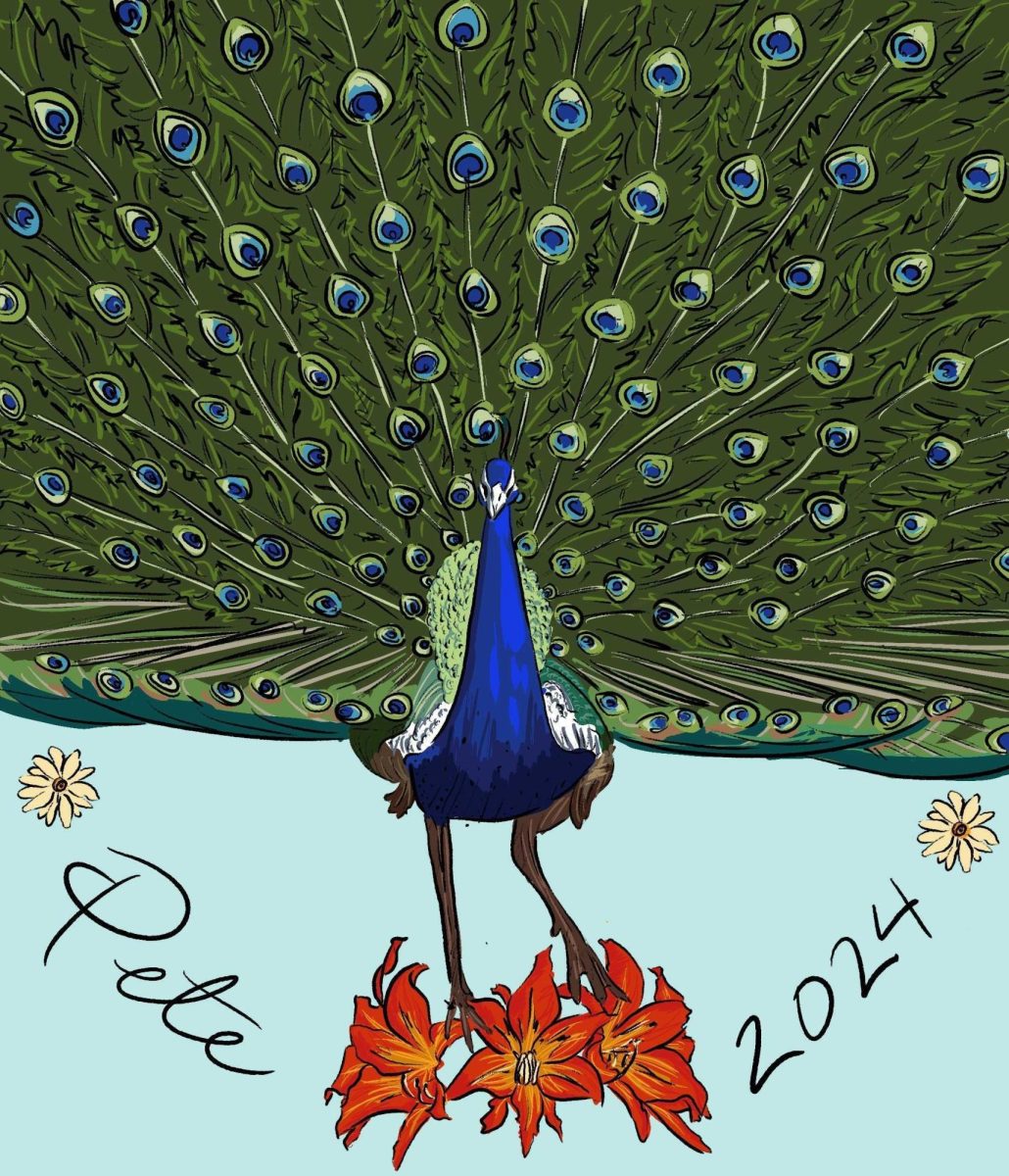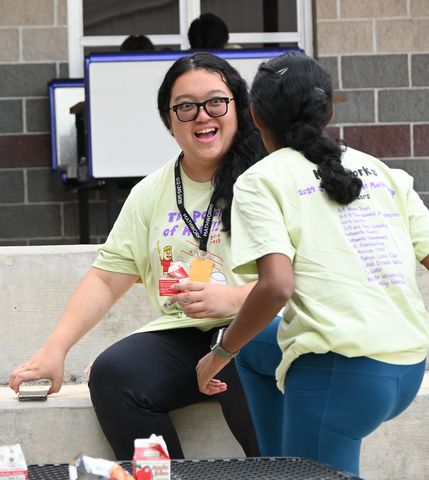From advising first-time pet owners, taking in stray animals, examining blood samples and administering CPR, student veterinarians prepare to take over the animal welfare industry through experience and compassion.
While many children develop a love for animals, some like Marleny Martinez, animal science sophomore and veterinarian assistant at Banfield Hospital in San Marcos, have grown that love so strong to turn it into a career.
Martinez has always loved animals but was not allowed a pet when she was younger. Her brother gifted her first dog, Louie, when she was five, and Martinez’s parents’ decision couldn’t change her new devotion to animals.
Louie, who died last year, was Martinez’s safe space and Martinez’s inspiration for becoming a veterinarian.
“I just loved him and with him, I cut his nails, I did all this stuff at home and then I was just like ‘I want all the dogs in the world. I just want to save all the animals and help them. All of them,'” Martinez said. “So I got dogs, birds and bunnies.”
In high school, Martinez worked as an extern at North Channel Animal Hospital in Houston. On her last day at work, she saw an owner dump their three-week-old dog and quickly decided to welcome the new furry friend, Nebula, into her life.
“The shelter was already full, so we were like ‘What are we going to do? Who’s going to take her?’” Martinez said. “I was like, ‘You know what, I’ll take her.’ So I ended up taking her in and I have her now. She has been mine for two years and she’s thriving.”
Victoria Quiroga, animal science sophomore and kennel technician for Springtown Vet Hospital in San Marcos, didn’t have the same experience as Martinez. While working as a kennel technician at Stuebner Airline Veterinary Hospital in Spring, Texas, Quiroga witnessed the death of a dog she had assisted in checking into the hospital.
Quiroga said she helped with IV insertion and putting the dog into a crate to be monitored. As Quiroga was walking out of the room, she heard the dog fall over in the crate from a possible seizure. Although the experience shocked her, she feels it prepared her for a veterinarian career.
“I had seen animals euthanized before that but that was kind of different because they’re kind of going out peacefully and he was super sick,” Quiroga said. “It wasn’t necessarily a peaceful death which was kind of hard, but I think that’s just something that you have to deal with and overcome in the vet field.”
Joselyn De Leo, animal science junior and kennel technician for Banfield Hospital in San Marcos, said the experience that prepared her for and boosted her desire to be a veterinarian was drawing blood for a wiener dog named Corndog.
After multiple veterinarians were unable to draw Corndog’s blood because he refused to sit still, De Leo was given a chance. To her surprise, she did what the veterinarians could not.
“It was such a tedious situation in the moment where it was like if I don’t draw blood right now, game over,” De Leo said. “On that one try, the doctors were having trouble drawing blood, but I got it. It just felt like it was a big step for me. It was like a ‘maybe I can do this’ moment.”
Aside from the good feeling that helping animals brings, these students work toward a career in the animal welfare industry hoping to change it, especially regarding expenses for treatments and medications.
Since heartworm, fleas and ticks are more prevalent in Texas, De Leo believes that treatments for them should be more accessible.
“Heartworm and flea and tick prevention should be easily accessible like getting a bandage or something for free at a school or a clinic,” De Leo said. “I feel like it should be easily available like that because they need it.”
Quiroga believes that expenses for having a pet should also be cheaper, but also that animal-care workers should be given more.
“I think employees at vet clinics are underpaid and they’re overworked,” Quiroga said. “You see that in the health care too. There’s a pay discrepancy between a human doctor and a veterinarian and I mean, both of them went to school for four years and they’re doing kind of similar things, so maybe an increase for vet med staff and hopefully decrease of price for clients because that’s also discouraging.”
Overall, working to become a veterinarian has been rewarding and insightful for De Leo, Martinez and Quiroga. Quiroga believes that more exposure and experience will be the best preparation and deciding factor to either stay or stray from the animal world.
“Working at a clinic in high school was really important for me to do because I kind of got to see the not-so-glamorous side of it,” Quiroga said. “Ultimately, I decided that I didn’t care and I still wanted to do it. I think some people, if they want to be vets and they haven’t worked in a clinic, they don’t see that side and it’s kind of a thankless job sometimes, so you just have to have a passion for it.”
Student veterinarians pave the way for the future of animals
April 15, 2023
Donate to The University Star
Your donation will support the student journalists of Texas State University. Your contribution will allow us to purchase equipment and cover our annual website hosting costs.











